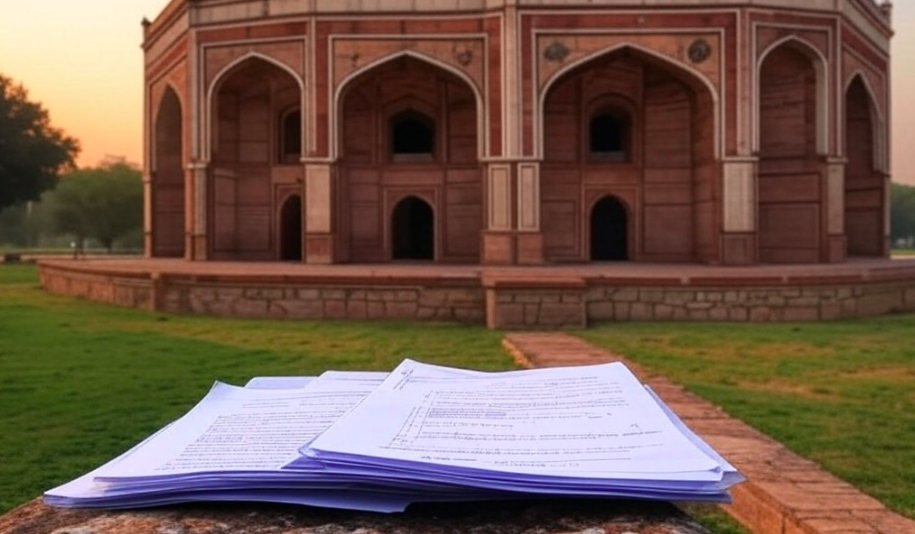RTI Act, 2005 vis-à-vis Jan Lokpal
Sunil Ahya for BeyondHeadlines
The primary objective behind the laws and institutions (existing and proposed) like Right to Information (RTI), Jan Lokpal, CBI, Central Vigilance Commission (CVC) Act and Comptroller and Auditor General of India (CAG) is to contain corruption. But they all have a different approach to achieve the common objective of reducing and eliminating corruption.
The RTI Act was enacted in the year 2005 and is based on a very simple yet the most powerful and fundamental anti-corruption concept which regulates human behaviour – Secrecy breeds corruption and transparency brings in accountability. Similar laws that empower every single citizen to question powerful institutions exist in nearly 80 countries.
It is a well known fact that now the RTI Act has come out as a very useful tool in marking corruption. The Adarsh Housing Society Scam, the Common Wealth Games corruption are recent examples where RTI played a major role in unmasking corruption.
Corruption exposed through RTI. What next?
Once RTI marks certain corruption in the system, the fight against corruption needs to be taken to the next level. The next logical level is conviction of the corrupt. So, will enacting a Jan Lokpal Law result in conviction of the corrupt people?
There has been a major misinformation campaign promoting the idea that a strong JanLokpal can convict the corrupt people and put them behind bars.
Niether the RTI nor the proposed Jan Lokpal can convict corrupt persons and put them in jail because conviction essentially falls under the domain of the Judicial Branch of the Government.
Lokpal is/would be an investigative body which can only investigate and frame charges indicting a person. The Judiciary is the only authority to decide on whether that indictment is correct or incorrect.
Recently, Karnataka Lokayukta Santosh Hegde, who incidentally is one of the drafters of JanLokpal Bill version, indicted former Karnataka CM BS Yeddyurappa for corruption. This decision is now pending before the High Court for conviction proceedings.
The question that now arises is: What is the difference between the RTI and the Lokpal/Jan Lokpal?
The major differences are as follows:
- 1. The Law:
The RTI Act has been in force for six years now. The Section 2(j) of the RTI Act says that one of the meanings of “right to information” is inspection of work, documents and records. Hence the RTI has made every single citizen an inspector of the government system.
The Jan Lokpal Bill is yet to take the form of a Law. The proposed draft of the bill defines itself as “A Bill to establish an independent authority to investigate offences under the Prevention of Corruption Act, 1988 to detect corruption by expeditious investigation and to prosecute offenders.”
Hence, the Jan Lokpal empowers a small set of people as inspectors on behalf of all the citizens.
RTI is based on exposing corruption by accessing material evidence while Lokpal is based on exposing corruption through material evidence.
- 2. Jurisdiction
The complete Government of India including the Prime Minister, President, Chief Justice, Chief Ministers and Governors are already covered under the RTI Act, 2005. Moreover, if enacted, along with the existing Government Branches, wings and departments, the Lokpal shall also be covered under the transparency scrutiny of the RTI.
Whereas, the ongoing deadlock between the Civil Society and the Government is over the jurisdiction of the Lokpal. The Civil Society is struggling hard to getting the jurisdiction which the RTI already has.
- 3. Strength
The RTI undoubtedly has unparalleled strength. A Vigilance Commission with the strength of 121 crore people!
The proposed Jan Lokpal estimates a Vigilance Commission with a limited strength of approximately 20,000 people for maintaining vigilance on Central Government. (excluding all the State Governments)
- 4. Power Concentration
The RTI confers power on all the citizens of India thereby effectively diluting the power is virtually incorruptible.
A citizen who wants to expose corruption is not dependent on another person/institution for conducting investigation on his/her behalf.
But, the Jan Lokpal confers power on 11 persons in particular and approximately 20,000 subordinate staff in general, thereby effectively concentrating power in a relatively small set of people.
Accordingly, a citizen who wants to expose corruption will become dependent on another person/institution for conducting investigation on his/her behalf.
- 5. Cost of Vigilance
In case of the RTI, ironically, the Government earns from the vigilance as citizens pay for accessing information. In case of Lokpal, the Government pays to Lokpal for maintaining vigilance over the Government!
- 6. Onus of proving guilty or innocent
The RTI puts the onus on the Government official [section 19(5) of the RTI Act], to prove that he/she is not involved in corruption.
Whereas, in the Lokpal, the Onus would be on the Lokpal to establish that Government official is involved in corruption.
- 7. Time taken to disclose Information and indictment of a person
The concept of disclosure of information being almost a mathematical one, average disposal of a case at Information Commission level would be approx. 15 minutes in the RTI. On the contrary, on an average time ranging from months to a year would be spent to establish indictment under the Lokpal.
- 8. Soul of RTI and a hindrance in the Jan Lokpal
The success of the RTI is based on the soul of the Act that lies in Section 6(2) of the RTI Act which says that an applicant making request for information shall not be required to give any reason for requesting the information or any other personal details except those that may be necessary for contacting him.
Whereas, Section 30(1) of the Jan Lokpal Bill states, “Notwithstanding anything contained in this Act, if someone makes any complaint under this Act, which lacks any basis or evidence and is held by Lokpal to be meant only to harass certain authorities, Lokpal may impose such fines on that complainant as it deems fit, but the total fine in any one case shall not exceed Rs one lakh.
Bottom-line
The bottom-line now remains that the RTI empowers every citizen as an inspector and investigator while the Lokpal will empower another small set of people on behalf of the citizens for maintaining vigilance over the Government.
Thus we may conclude that with the advent of a Citizens Vigilance Commission under the RTI Act, 2005, the present vigilance agencies like CBI, CVC and CAG have become almost redundant, even the to-be-enacted Lokpal.
Continued in Part – II
(Sunil Ahya is the RTI Activist in Maharashtra. The views expressed in this article are the author’s own and do not necessarily reflect BH’s editorial policy.)










